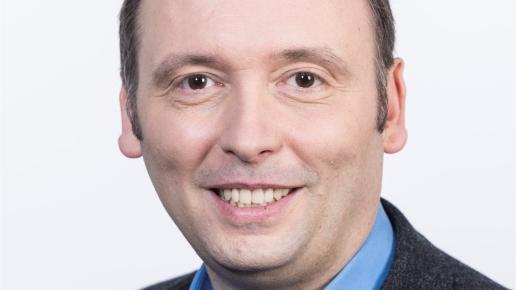Children's University: How is wind turned into electricity? And what happens in a wind turbine?
Wind turbines and their importance for the energy supply are reported on very often in the media, but also briefly and sometimes fiercely discussed. However, there is hardly any time to go into the characteristics of wind turbines as technical systems and to provide a holistic picture of these very large "turbines on towers". That is why this lecture answers questions: How big, how tall, how heavy and how expensive are wind turbines and their components? Are there several types? How does a wind turbine work? Why do these turbines have three rotor blades and not two? Can wind turbines be dangerous for people or animals? Do they need to be repaired often? How much electricity do they produce? Are they profitable? What are the special features of offshore wind turbines compared to onshore turbines? How intelligent and self-regulating are today's turbines? What trends are expected in the development of new wind turbines?

In the fall season, all four topics revolve around the theme of "future energy"
Many cars still run on petrol or diesel. And many houses are still heated with oil or gas. This pollutes the air - which is bad for our environment. This produces CO₂, a gas that makes the earth warmer and warmer. This warming is called climate change: there is more frequent heavy rainfall, but sometimes it also rains too little and this leads to drought.
To prevent this from getting worse and worse, we need other sources of energy - so-called renewable energies. This means: energy that comes from natural forces such as wind, water or sun and does not pollute the environment.
But how can we actually turn wind into electricity? And how does water help us to power machines? You can find out with exciting experiments and simple explanations in the fall series of the Siegen Children's University.